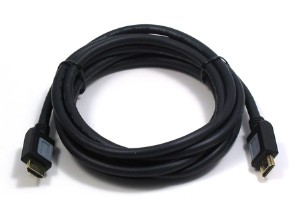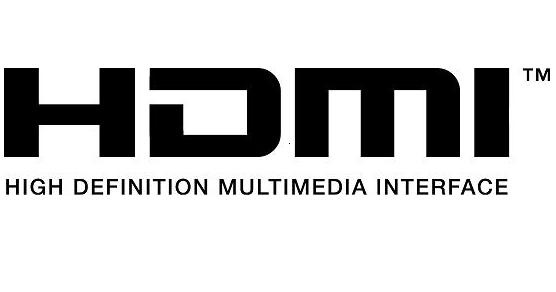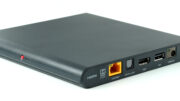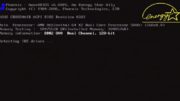I’ll admit that I’m in a love/hate relationship with HDMI. Like all of you, I like the convenience of a single cable that connects my devices. Like some of you, I’m frustrated that it often means content protection that makes it hard for me to do my job. And like a small subset of you, I’m offput by the confusion between HDMI versions.
The HDMI standard was originally built around the 1990s definitions of high definition. That was great… back then. As people wanted 4K, high dynamic range, better audio, and on and on, HDMI evolved. It’s evolved quite well in fact. The latest standards already support 8K at high frame rates with massive amounts of picture and sound data, plus the ability to carry network data. And as of yesterday, they support carrying power as well. There’s only one problem…
All HDMI cables look like this, basically.

When they upgraded USB from 2.0 to 3.0, they made the center part blue and added a logo. When they upgraded to USB 3.1, they changed the connector. But, HDMI cables all look the same. There’s no way to be sure in most cases whether your cable will work for what you need to do with it. And, the idea of what you’re going to do with it is getting messier.
Instead of giving us clear names for what the different HDMI cables do, there are version numbers. That system has more or less broken down as well. After HDMI 1.4, there wasn’t HDMI 1.5. There is, in fact, no HDMI 1.5. There’s HDMI 1.4a and 1.4b. Then they went all the way to HDMI 2.0. This was suppose to signal the move to mainstream 4K.
But, HDMI 2.0 wasn’t everything that everyone needed. So then they did 2.0a. And then 2.1. And 2.1a. And now, there’s a change to 2.1a. They’re not calling it 2.1b or 2.2, just a change to 2.1a. Because nothing in life is easy.
Turtle power (oops, I mean Cable Power)
The new amendment to HDMI 2.1a will allow for more power to be sent over the line. This will enable high frame rates at 8K with longer cables. The power can be supplied by a secondary connection if that’s what the manufacturer wants. I’m not sure this is something that people will really need for a while, if ever. But it’s good to know that they’re thinking ahead.
In the meantime it would be nice if there were some visual indicator of what kind of data was supported by what kind of cable. Strictly speaking there is no such thing as an “HDMI 2.1a cable.” There are premium high-speed HDMI cables that carry Ethernet, but HDMI is a technology standard, not a cable standard. It’s a mess. I’m not going to sugar coat it.
I personally don’t think it would be too much to ask for the HDMI Licensing people to say, “This here cable is the one you use for HDMI 2.1a, and the connector is purple so you can tell.” Or something like that. I really don’t see why they don’t.
But at any rate, this standard will be out there in case we all move to 8K monitors with a 240 frame rate that are 20 feet from the device feeding them. I don’t know, it seems like a bit of an edge case to me but hey.





